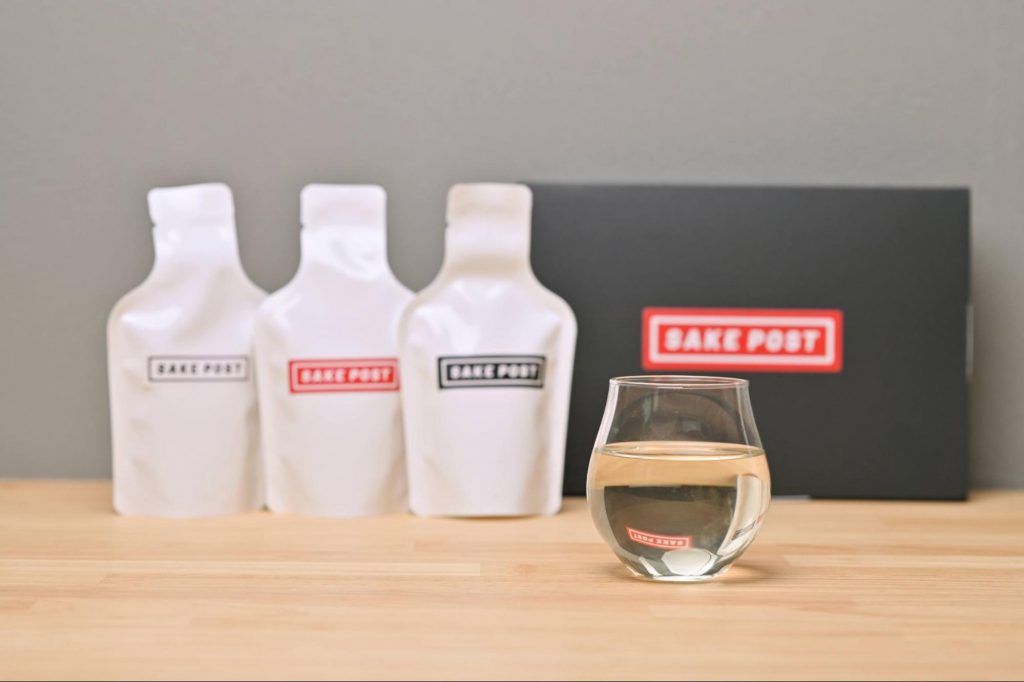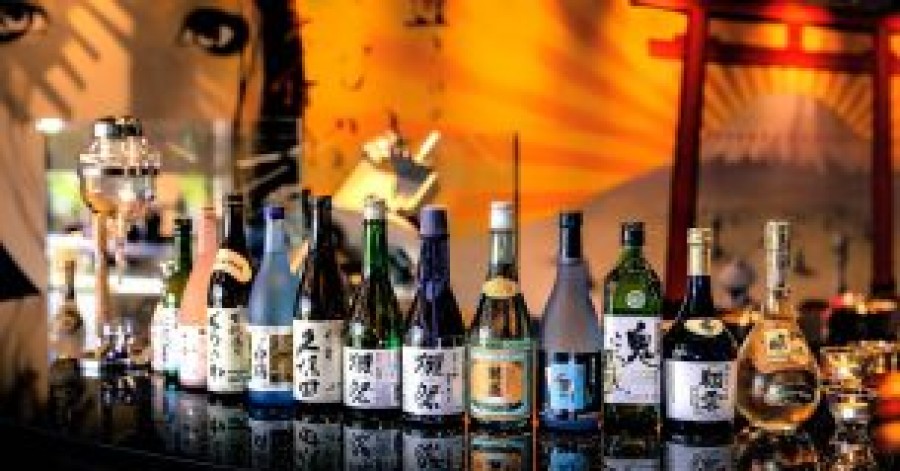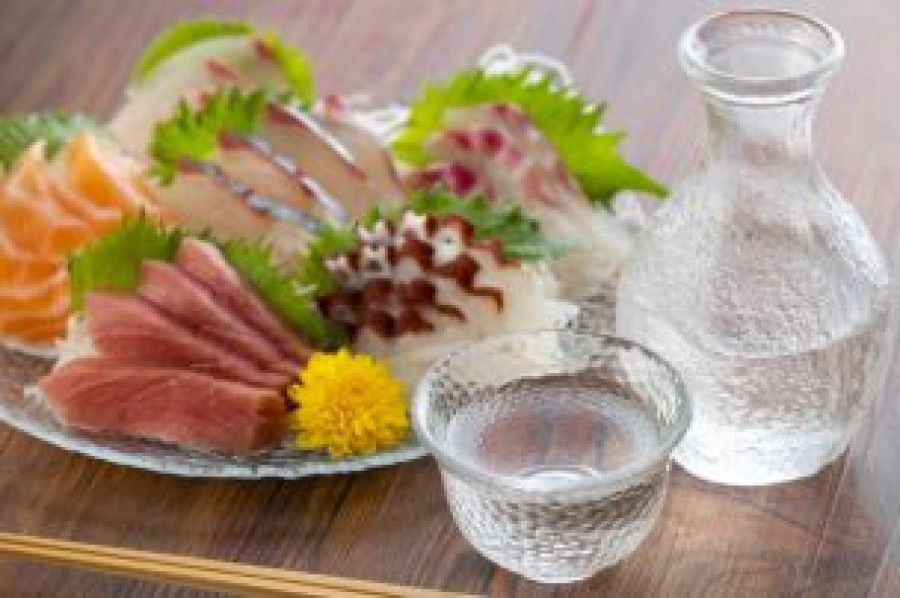Sake has become increasingly popular among young people in recent years. But "there are so many things you need to know about sake, I don't know where to start". Some people probably think so, too.
That's why we, the operators of the sake subscription service SAKEPOST, have come up with a guide for beginners on how to choose the right sake.
That said, there are many types of sake alone, so here we introduce the typical 'junmai sake', 'ginjo sake' and 'honjozo sake', and tell you what to be aware of when choosing sake.
Read this article to take the first steps towards choosing your own sake!
目次
- What is junmai sake, ginjo sake and honjozo sake?
- How to choose the best sake for beginners
- Know the basics of sake and take the first steps
advertisement
What is junmai sake, ginjo sake and honjozo sake?

Plain Rice Wine
Junmai-shu is made from rice, rice malt and water only. As no brewing alcohol is added, it is said to allow the true taste of the rice to be enjoyed. It is also characterised by a stronger umami and full-bodied flavour than other types of sake. Basically, it is a sake that enjoys the original flavour of rice and a refreshing taste, so some beginners will find it easy to drink.
type of sake brewed by low temperature fermentation from white rice milled to 60%
Ginjo-shu has a clean, refreshing taste and is also fruity. This sake has a refreshing aftertaste and many sweet aromas. It is recommended to drink it chilled or lukewarm. This gives it an even stronger flavour.
sake brewed without addition of saccharides and no more than 120 litres of seed alcohol per tonne
Honjozo sake has an aroma and flavour similar to junmai sake. However, it has a mellower and cleaner taste than junmai sake. It is made from white rice with a milling ratio of 70% or less, which gives it a more light and refreshing taste. There are many different types of honjozo sake, but if it has a full-bodied, umami flavour, we recommend heating it up. Warming will allow you to enjoy the unique aroma of sake.
Differences between junmai sake, ginjo sake and honjozo sake in terms of the percentage of brewing alcohol.
NameRatio of brewing alcohol to weight of raw rice used
Name / Junmai-shu Ingredients / Rice, rice malt Brewing alcohol added / 0%.
Name / Ginjo-shu, Honjo-shu Ingredients / Rice, rice malt, brewing alcohol (<10%)
Name / Ordinary sake Ingredients / Rice, rice malt, brewing alcohol (11%-50%)
*There is no category of 'ordinary sake' under the law, which refers to sake that does not carry a specific name.
As shown in the table, junmai-shu is made from 'rice, rice malt and water only'. Ginjo-shu and honjo-shu contain less than 10% brewing alcohol by weight of the rice used to make them, while junmai-shu contains more brewing alcohol than that.

But look at it this way, "Why do they add brewing alcohol?" and don't you start to wonder?
The reason for this is that there are many advantages to adding brewing alcohol.
Sake can become riddled with bacteria and grow if quality control is not maintained. Brewing alcohol is sometimes added to prevent such spoilage. The addition of brewing alcohol can also make the drink more refreshing and give it a gorgeous, fruity aroma.
Brewing alcohol is often added when trying to stabilise quality or produce a more distinctive sake.
How to choose the best sake for beginners

Now that you know that there are many types of sake, it's hard to know which sake a beginner should drink. So we tell you how to choose the sake we recommend to beginners, in terms of 'sweet/dry' and 'alcohol content'!
Ganokuchi / Pungent
When it comes to choosing a sake, the first thing that comes to mind is whether to go for sweet or dry. Sweet sake often has a sweet and fruity taste, which is inherent to the rice, and is said to be relatively easy to drink, even for those who are not used to drinking sake.
Dry sake, on the other hand, is often less sweet and has a more Japanese sake-like character, and is characterised by a stronger flavour. It is also a drink often used by people who are used to Japanese sake.
From this perspective, sweet sake is recommended for those who want to learn to drink sake.
alcohol content (usu. expressed per cent)
Sake generally has an alcohol content of 14% or more. As the average alcohol content of beer is 5% and wine is said to be around 10-15%, sake can be said to have a relatively high alcohol content amongst commonly distributed alcoholic beverages.
However, sake with an alcohol content of less than 10% has recently become available. If you don't like strong sake, you can try these lower alcoholic drinks.
Know the basics of sake and take the first steps

Many people think that sake is only for strong drinkers or that there are too many brands to understand, but if you open the lid, you will find that there are many sake brands that are easy to drink, even for beginners. Please use this article as a guide to take your first steps into sake.
If it's your first time, SAKEPOST also offers a 100ml drink to compare.

If you are a first-time sake drinker, we also recommend SAKEPOST, a 100 ml x 3 variety of sake. The sake is delivered in 100 ml portions, which is less than a full bottle, so it is perfect for those who are worried about whether they will be able to finish the sake if they buy a four-pack.
月に3種類なのでひとつのプランを申し込むと、年間36種の日本酒と出合える計算。最低12ヶ月は同じ銘柄の日本酒を送ることはありません。
Why not compare sake at SAKEPOST and then learn a little about the ingredients and rice polishing ratio before choosing your own favourite sake?
SAKEPOSTが気になる人はこちら!
● 日本国内向け販売ページ(https://sakepost.jp)
● 日本以外の国への販売ページ(https://japan-sakepost.com/fs1)
--------------------------------------------------
運営元
株式会社FARM8
advertisement







